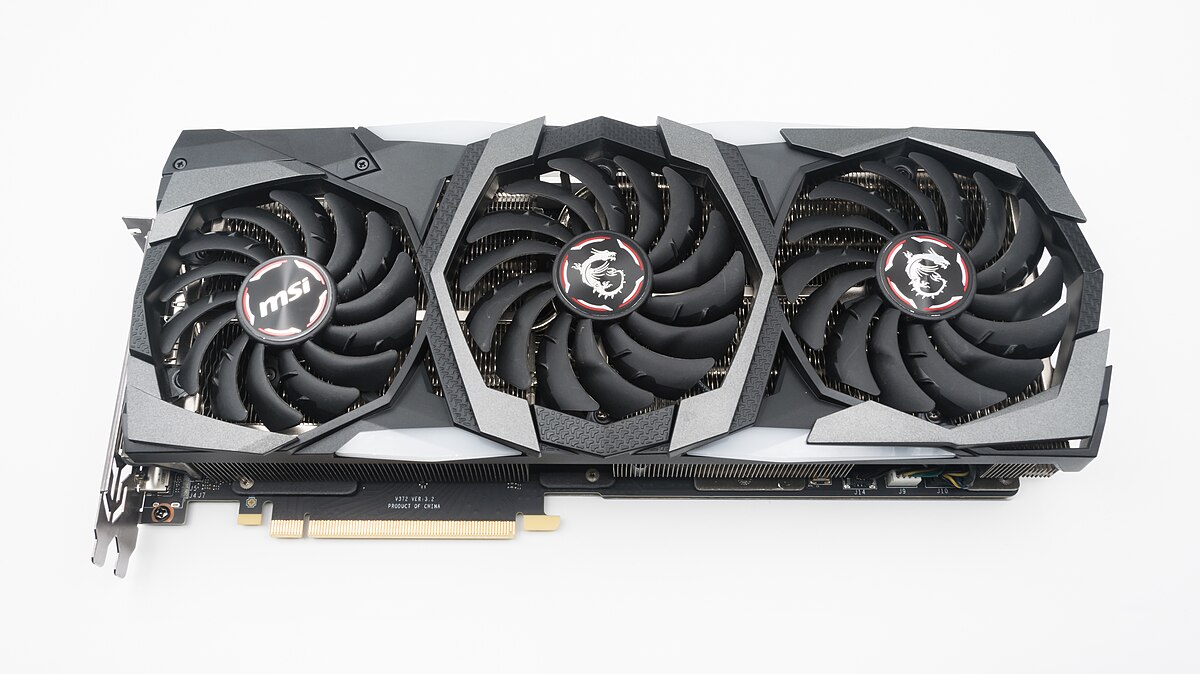This is because the RTX 3000 didn't have anything below 3060, so because GTX 1660 and RTX 2060 were actually the same generation without and with ray-tracing...
Which are already 3-year-old cards, launched in January 2019, 3 years ago..
Right. But, to put it bluntly, so what?
Let's draw ourselves a slightly strained analogy. Say you're, IDK, John Deere. You've got several thousand pending orders for tractors; orders are coming in faster than you can fill them. Your current model production lines are at capacity; spinning up another factory that can produce them isn't in the cards. Then someone on your manufacturing team says, "Hey, we've got this factory that's running at half-capacity, and they've still got most of the tooling to make some of our older models. We can have units coming off the line in less than a year." Now, the tractors this plant will turn out aren't quite as powerful, and they've got control systems that are a couple of generations out of date. But producers are waiting money-in-hand, and in this (admittedly fictional) situation, you'd better believe that JD would start up that line. Assuming, of course, that sales projections warrant it.
That's basically the situation Nvidia finds itself in. It's frankly ludicrous not to expect them to take advantage of the current market conditions, and equally ludicrous to expect them not to do the exact thing they exist to do: Manufacture graphics and sell them for money, as many and as much of both as they can. Am I excited about the 2060 12GB? No. Do I think it will do anything to alleviate graphics supply/price problems in the short term? No; only a crypto crash can do that now. Would I buy one at its entirely fictional RRP? No. Would I buy one at around 200USD? You'd better believe it.
EDIT: spelling/grammar





